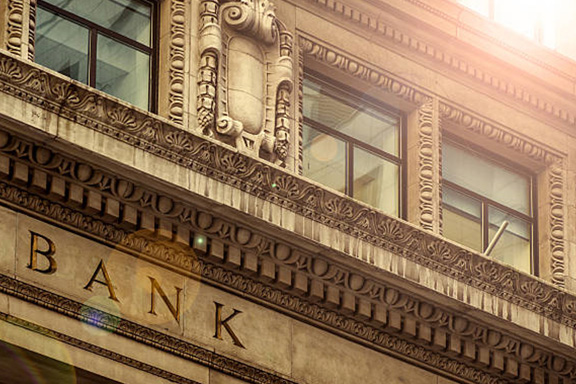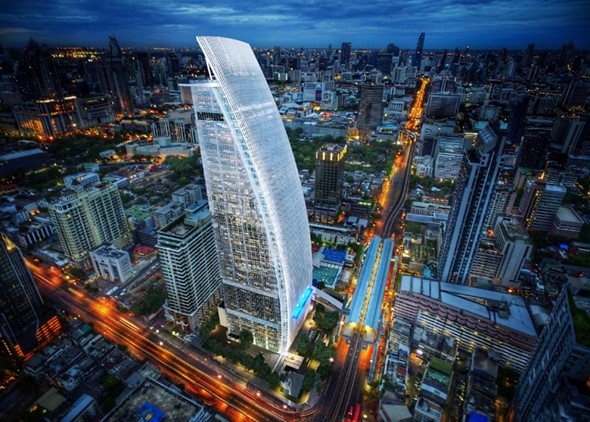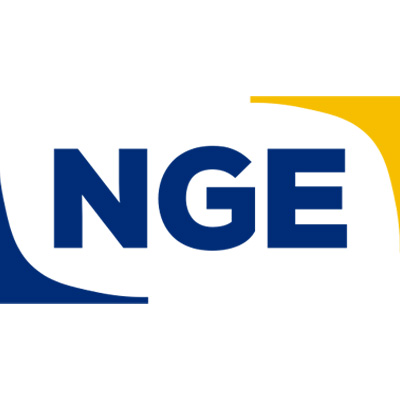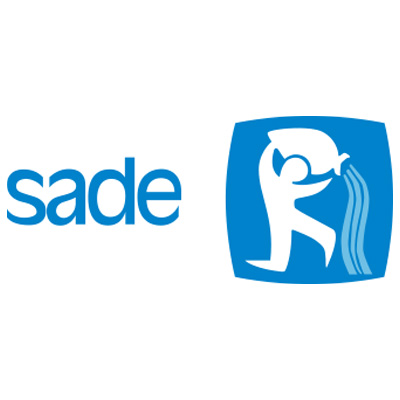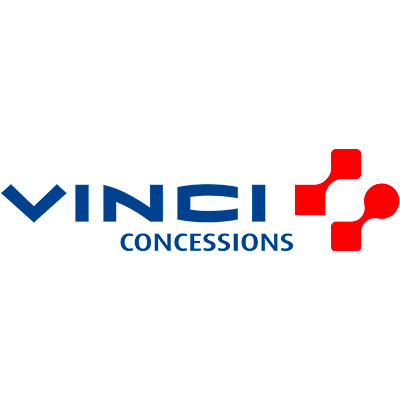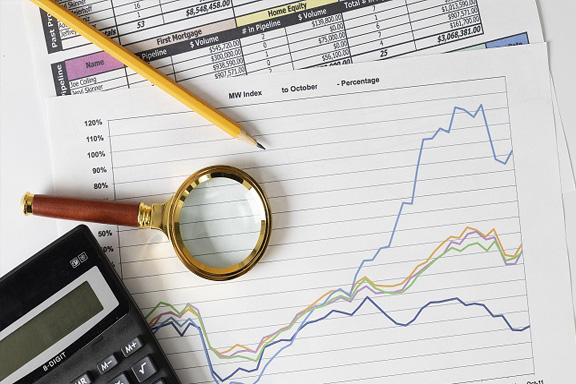
Global Transportation Trends 2025: Empowering resilient, tech-driven mobility
Août 2025
Deloitte (40 pages).
Global transportation networks face significant challenges even as they struggle to plan for and integrate innovative technologies and transportation modes. Growing cyber vulnerabilities, antiquated technology, and more frequent and intense weather events are battering an aging network of roads, bridges, rail, runways, and transit lines.
Decades of rising use and deferred maintenance have left transportation infrastructure worldwide in a precarious state. The American Society of Civil Engineers’ 2025 Infrastructure Report Card graded most of the US’ surface transportation and aviation assets either mediocre, requires attention or poor, at risk, reflecting safety and reliability concerns.
Infrastructure in many other countries and regions is equally troubled, marked by collapsing bridges, crumbling roads, and growing sustainability and manmade threats. Governments face uncomfortable arithmetic.
Maintenance backlogs are growing, megaprojects are becoming costlier, and electrification and hybrid working patterns are eroding traditional revenue pillars: fuel taxes and urban fares. Today, increasingly as capital needs surge to make existing infrastructure weather-resilient, public balance sheets are stretched by post-pandemic debt, geopolitical tensions, energyprice volatility and social protection needs.
Deloitte (40 pages).
Global transportation networks face significant challenges even as they struggle to plan for and integrate innovative technologies and transportation modes. Growing cyber vulnerabilities, antiquated technology, and more frequent and intense weather events are battering an aging network of roads, bridges, rail, runways, and transit lines.
Decades of rising use and deferred maintenance have left transportation infrastructure worldwide in a precarious state. The American Society of Civil Engineers’ 2025 Infrastructure Report Card graded most of the US’ surface transportation and aviation assets either mediocre, requires attention or poor, at risk, reflecting safety and reliability concerns.
Infrastructure in many other countries and regions is equally troubled, marked by collapsing bridges, crumbling roads, and growing sustainability and manmade threats. Governments face uncomfortable arithmetic.
Maintenance backlogs are growing, megaprojects are becoming costlier, and electrification and hybrid working patterns are eroding traditional revenue pillars: fuel taxes and urban fares. Today, increasingly as capital needs surge to make existing infrastructure weather-resilient, public balance sheets are stretched by post-pandemic debt, geopolitical tensions, energyprice volatility and social protection needs.


